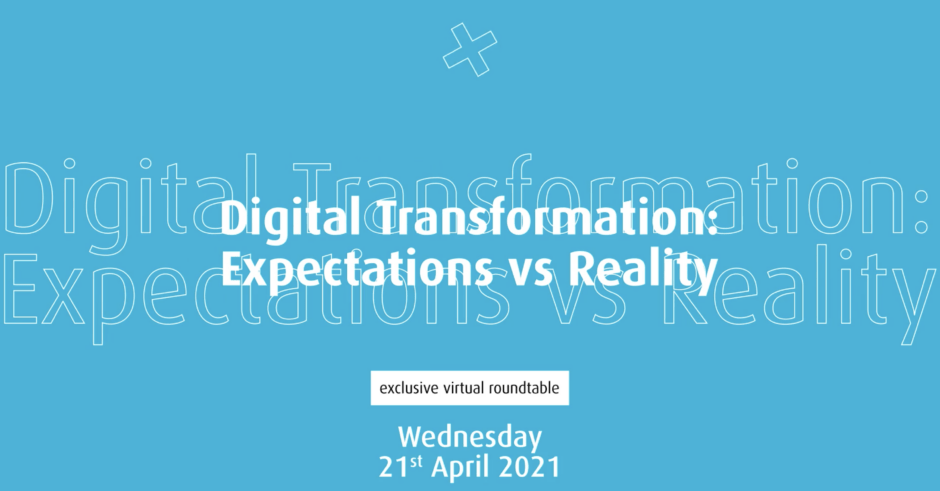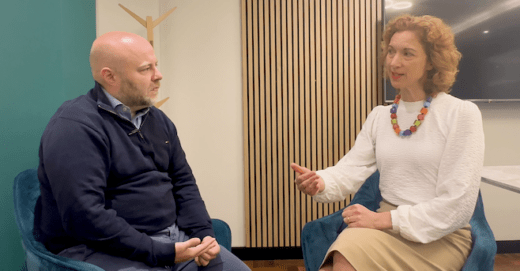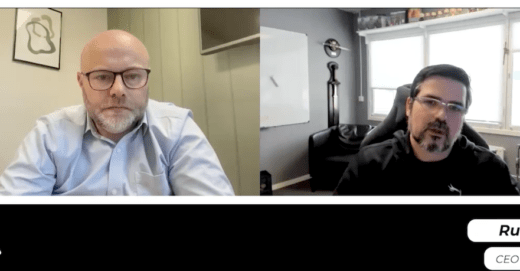Transformations are hard, and digital ones are harder (McKinsey, 2018)
The role of digital transformation has evolved dramatically across 2020 with organisations having to re-envisage operating models, business environments and product offerings.
A forced push towards digital solutions has projected the role of digital adoption to the heart of the transformation journey. The role of the people leader have never been tested more so than in 2020 but as we look beyond 2021 and to a world of work that is revolutionising the office. engagement, employee experience, technology and much more, how we ensure our people come with us on the organisations journey?
The BTN partnered with digital adoption platform, Whatfix, for an exclusive roundtable with executive people leaders to discuss how to understand our employees before embarking on a digital transformation, how to create a self-service culture and how to measure adoption.
The conversation began by delving into the reasons why some of the group felt that digital adoption was challenging to accomplish. The general consensus around resistance to change, complexity and lack of ‘know how’ for the new solution was not limited to a single type of transformation project’s adoption success.
Digital Adoption should never be a tick in a box
This is an ever-changing and evolving landscape, adoption should be ‘always on’. A mismatch of culture and skills are a regular excuse for adoption failure but the factors for failure are nearly always deeper than that.
Digital adoption is sometimes seen as an afterthought, post-purchase of a new piece of technology or workplace solution, where the funding is spent on the product itself, then there is a squeeze on the “fluffy people side” of the culture change. The purchase cost must include the adoption efforts as there is no successful transformation without successful adoption.
Learning in the flow is the future
Adoption should be part of the implementation. With adoption, keep the users focused on learning the technology whilst using it. Ease of use is a way for how people adopt so if we aren’t helping people form habits, it will result in under adoption.
Listen to the people and involve them from the beginning, otherwise it is something that happens to them rather than happens for them. Decide as part of the adoption agenda what the few things are that are really important that will form bitesize and increment implementation wins. This will give the ability for employees to do a few things really well, rather than lots of things at a basic level.
Artificial Intelligence and Machine Learning can be built on top of this, as the technology itself starts to understand how people use applications.
Making change is always about improving the ‘customer’
There was a collective agreement that people don’t always understand what exactly they want to achieve from the transformation. Employees don’t always know what they want but bringing them on the journey will allow them to understand the reasons for the change.
Don’t underestimate that going through a change should always be about improving the customer, whether that constitutes the internal (employee) or external (clients) customer.
Ensuring the communication is clear, concise and consistent will mean everyone on the journey understands the reason why they are on it.
Adoption evidently sits at the heart of all successful digital transformations but when adoption is an afterthought, going back to the buying decision and understanding the reasons for the transformation will help to communicate the adoption journey.
Bring your employees on the journey to successful adoption, it isn’t about settling a task or expecting it to happen, it takes planning and people knowledge. Moving away from a technology-first mindset to a people-first mindset is the first step to success.
Whatfix is hosting a Digital Adoption Day on Tuesday 25th May 2021, which will be a full day of panel discussions and insightful sessions from thought leaders across digital adoption and L&D.
To sign up, simply follow here




